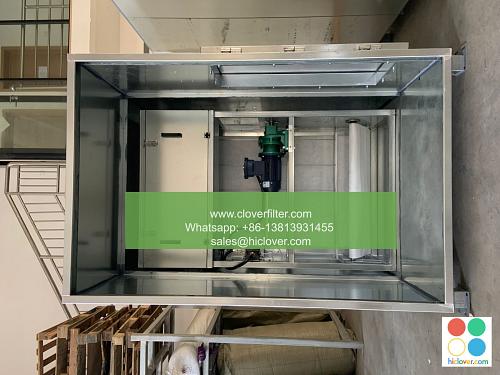Stacking Up: An Air Filter Performance Comparison

The importance of air filtration cannot be overstated, particularly in today’s world where indoor air quality is a significant concern. Air filters play a crucial role in removing pollutants, allergens, and other harmful particles from the air, thereby improving the overall health and well-being of individuals. In this article, we will delve into the world of air filters, comparing their performance in various application areas, including HEPA filtration, activated carbon filtration, and ultra-fine particle filtration.
Introduction to Air Filters
Air filters are designed to capture airborne particles, including dust, pollen, pet dander, and other microorganisms. The efficiency of an air filter is measured by its ability to remove these particles from the air, typically expressed as a percentage of particles removed. MERV ratings, which stand for Minimum Efficiency Reporting Value, are a common metric used to evaluate air filter performance. A higher MERV rating indicates a more efficient filter.
Comparison of Air Filter Types
Several types of air filters are available, each with its own strengths and weaknesses. Here, we will compare the performance of:
* HEPA filters: Known for their high efficiency, HEPA filters can capture 99.97% of particles as small as 0.3 microns. They are commonly used in hospital settings, clean rooms, and industrial applications.
* Activated carbon filters: These filters are designed to capture gases and odors, making them ideal for use in kitchen ventilation systems and air purifiers.
* Ultra-fine particle filters: These filters are capable of capturing particles as small as 0.1 microns, making them suitable for use in high-tech manufacturing facilities and research laboratories.
Application Areas
Air filters are used in a variety of application areas, including:
* Residential HVAC systems: Air filters play a crucial role in maintaining good indoor air quality in homes and apartments.
* Commercial HVAC systems: Air filters are used in office buildings, schools, and other commercial settings to improve indoor air quality and reduce energy consumption.
* Industrial applications: Air filters are used in manufacturing facilities, power plants, and other industrial settings to capture pollutants and improve worker health and safety.
* Transportation systems: Air filters are used in aircraft, automotive, and marine vehicles to improve indoor air quality and reduce the risk of airborne illnesses.
Conclusion
In conclusion, air filters play a vital role in maintaining good indoor air quality, and their performance can vary significantly depending on the type and application area. By understanding the different types of air filters and their strengths and weaknesses, individuals can make informed decisions when selecting an air filter for their specific needs. Whether it’s HEPA filtration, activated carbon filtration, or ultra-fine particle filtration, there is an air filter available to meet the demands of various application areas, including residential, commercial, industrial, and transportation systems. By stacking up the performance of different air filters, we can better appreciate the importance of air filtration in maintaining a healthy and safe environment. You haven’t asked a question or provided any context. What would you like to talk about or ask? I’ll do my best to provide a helpful and direct response.

